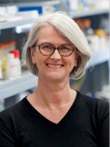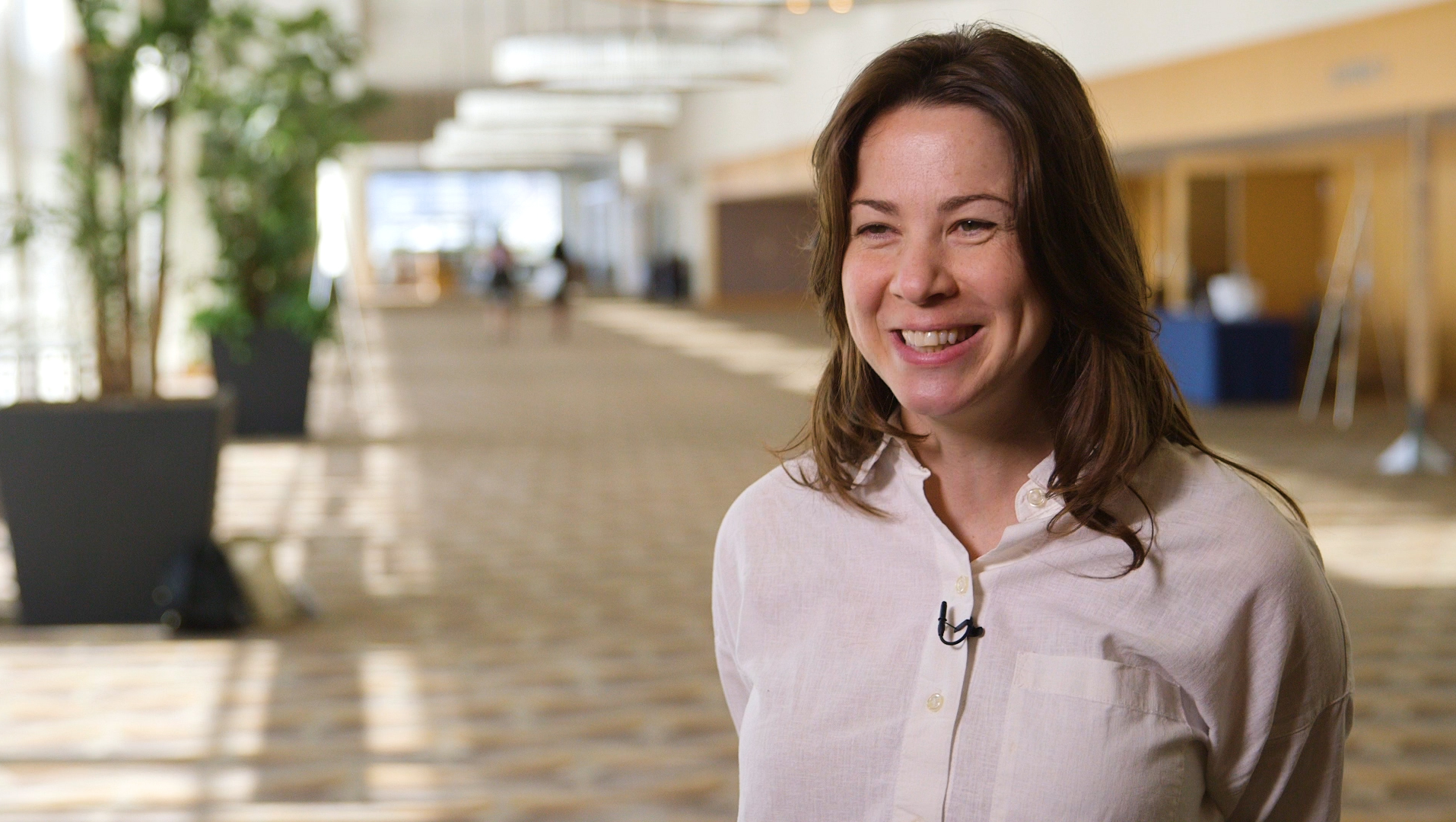Your Membership Journey: Get Involved in the Society; It Is Yours to Influence

As we begin to celebrate the 50th year of the Society for Neuroscience, I feel incredibly fortunate to have entered the field of neuroscience when I did, some 35 years ago. As a new graduate student at University College London, I could not wait to get into the lab. The patch clamp recording method was the big breakthrough gateway to answering many burning questions about the elementary properties of ion channels and to studying the properties of myriad cells and synapses not accessible previously.
Advances in understanding, measuring, decoding, and mimicking nervous system function have continued at breathtaking speed with the development of new tools and approaches to visualize, record and modulate. This pace of innovation in neuroscience is directly linked to the many contributions from biology, physics, engineering, computer science, psychology, mathematics, medicine, sociology, economics and more – a defining feature of neuroscience and something that we should cherish and continually nourish.
“The feedback I and the students and postdocs from my lab have received at the annual meetings has been invaluable.”
The membership of our society and the breadth of science represented at annual meetings reflect the integrative approach to scholarship, research, and problem solving that make neuroscience so exciting. I know I have benefited scientifically and personally from the range of insight of an incredible group of scientists from around the world, many of whom I met at annual SfN meetings. Countless colleagues and friends are a part of the fabric of my neuroscience career, and membership in the Society opened up a number of opportunities for me inside and outside of the lab. We will be launching a number of events for the Society’s milestone anniversary later this year, which will capture the voices or many scientists.
My first Society for Neuroscience meeting was as a postdoc just after I had moved to Yale from University College London. Urged by my new lab members, I gave my first public talk at the annual meeting presentation – on my PhD thesis in the exhibit area. Thirty-three years later, the memory of being unprepared for the “big stage” is still raw, but I am glad I took the plunge. The feedback I and the students and postdocs from my lab have received at the annual meetings has been invaluable.
We all have our own reasons for joining the Society and also what keeps us engaged. What strikes me is how many different ways beyond the annual meeting that I have benefited from membership in the Society, and how my own involvement in SfN has changed from postdoc to quarterly newsletter writer.
Quality is a defining feature of SfN, and there are no better examples of this than the Society’s two scientific journals, JNeurosci and eNeuro. I was incredibly fortunate to be asked to serve as a reviewing editor of JNeurosci to replace (although that was impossible) Kathy Dunlap. I had no idea how much effort this would turn out to be, but also how incredibly rewarding. The high-quality science published in JNeurosci and eNeuro, so critical for the field, depends not only on quality submissions, but also on the quality editors and reviewers led by our two fantastic editors-in-chief, Marina Picciotto and Christophe Bernard, respectively. My involvement in SfN volunteer leadership, as is the case for many others, started shortly after I finished my term as reviewing editor of JNeurosci. As a member of the Scientific Publications Committee for six years, I got to work and brainstorm with many great scientists who cared deeply about fairness, quality, and rigor in scientific review and publication. JNeurosci and eNeuro are essential channels for disseminating great science – reviewed by scientists for scientists. Quality will always endure, but it should not be taken for granted.
I recently was reminded of the importance of not assuming what seems to us, as scientists, as the obvious: the value of basic research, diversity of opinions and perspectives, and international collaborations. The Society has put effort and resources into global advocacy to improve the level and consistency of funding for basic research and advocate for the responsible use of animals in biomedical research to speed new diagnoses, cures, and treatments. I was one of 50 neuroscientists participating in SfN’s 13th Annual Capitol Hill Day and can attest to the importance of communicating the value of what we do to elected officials and policymakers. There are many needs in the world, so we have to make the case that funding basic research, knowledge, and training will inform and help society.
“Quality will always endure, but it should not be taken for granted.”
SfN also is partnering with other neuroscience societies to share resources. For example, the Federation of European Neuroscience Societies (FENS) will have access to training materials to adapt as needed, the Canadian Association of Neuroscience will partner with SfN on a pilot of the Advocacy Training Program to benefit members in Canada, and the Mexico City SfN chapter is renewing its Memorandum of Understanding (MOU) around education outreach and advocacy. With roughly 40 percent of SfN membership living outside the United States, Society-wide activities are having a global impact.
Advances and discoveries in neuroscience will continue in research labs across the globe even while scientists are denied travel visas, but the pace of discovery slows when scientists cannot disseminate their discoveries and share knowledge. Like many others, I know the feeling of complete helplessness as family members live and die with mental illness. When there is so much we still do not understand and great urgency for effective treatments for neurological and psychiatric disorders, such restrictions run counter to the needs of our society.
SfN’s Program Committee and Council launched the Science Knows No Borders program for scientists who are denied visas as a result of travel restrictions to the U.S. to attend the annual meeting in Chicago. It’s not a substitute for attending, but the intent is that our colleagues affected by the travel ban policy can still share their science albeit in absentia.
The opportunity to look back to 1969, when the Society was established, brings into sharp focus the stunning progress made in neuroscience. What will we know in 2069? Will Alzheimer’s disease be a disease of history? And what new challenges will the global membership of SfN be facing as they celebrate the centennial?





















